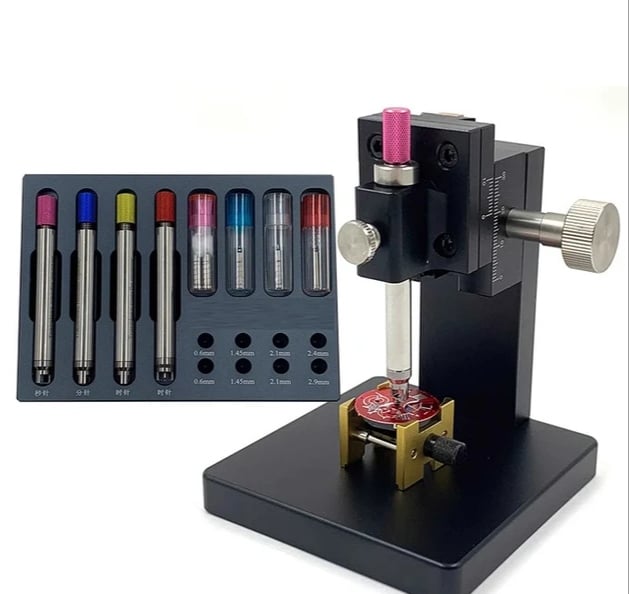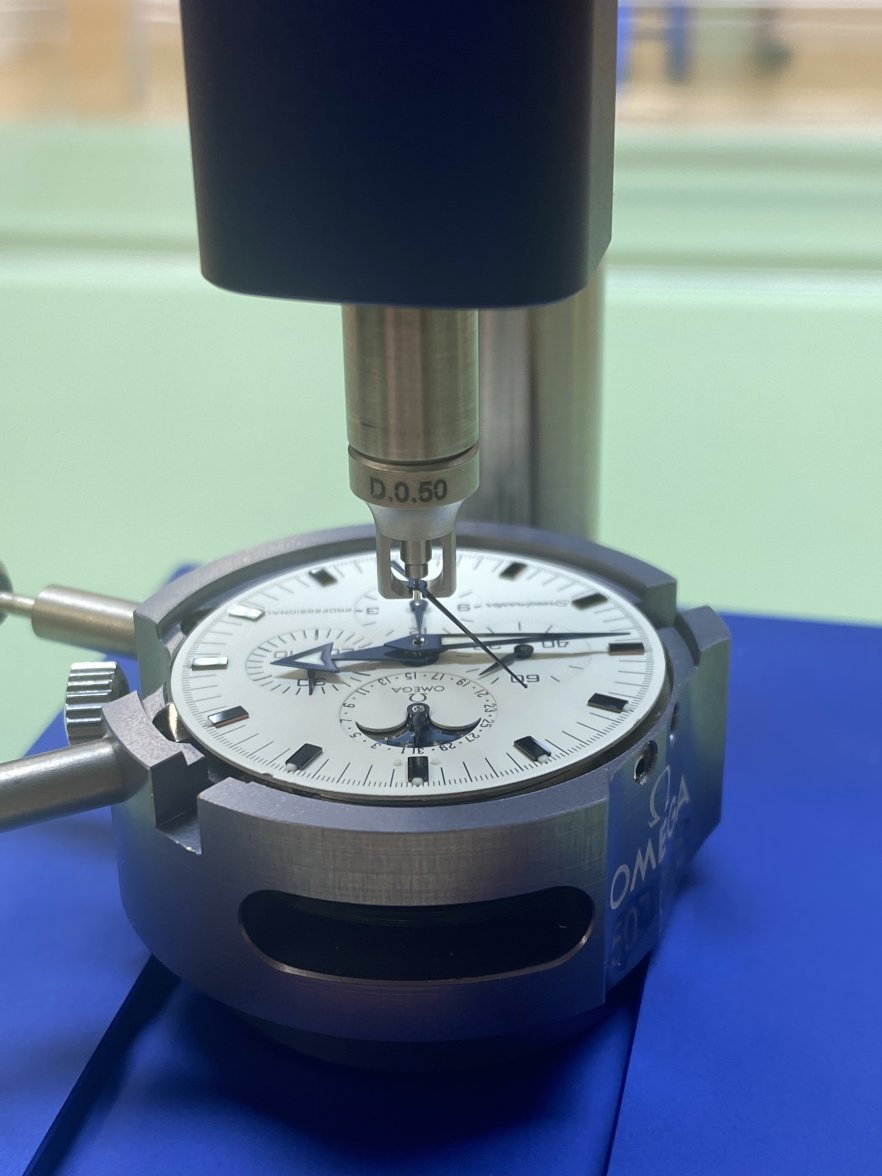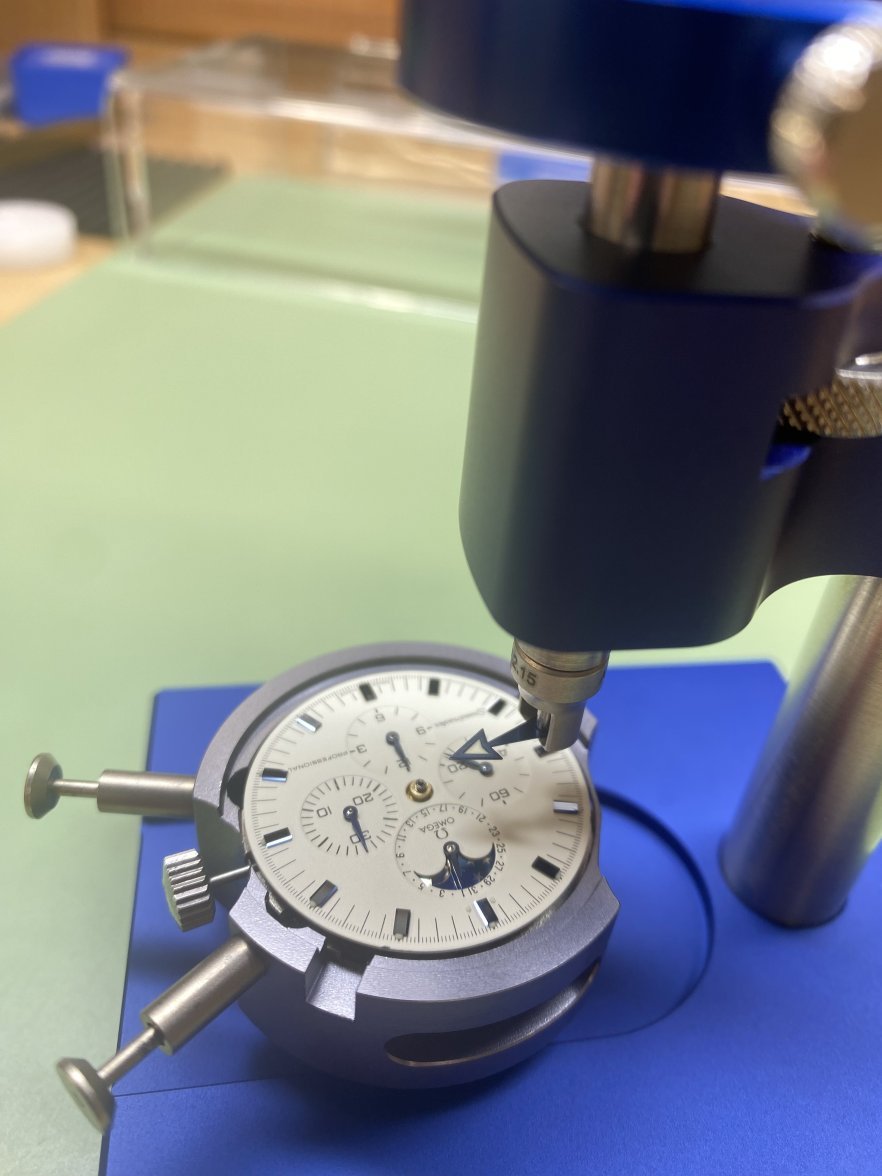mseamaster
·@Archer Good intro. Thanks!
What's your opinion on these? I am very inexperienced and looking to save myself some hassle not wanting to risk my dials. So I figured to try:
As a funny remark, today while I was practicing opening/closing broken watches, I tried removing the hands with my fingers and putting them back in, all without touching the dial. It worked fine. Obviously I am not planning on doing that for real on non-broken/junk watches(dial stains/etc.), but after watching so many videos I expected that it wasn't possible at all.
What's your opinion on these? I am very inexperienced and looking to save myself some hassle not wanting to risk my dials. So I figured to try:
As a funny remark, today while I was practicing opening/closing broken watches, I tried removing the hands with my fingers and putting them back in, all without touching the dial. It worked fine. Obviously I am not planning on doing that for real on non-broken/junk watches(dial stains/etc.), but after watching so many videos I expected that it wasn't possible at all.
Edited:


